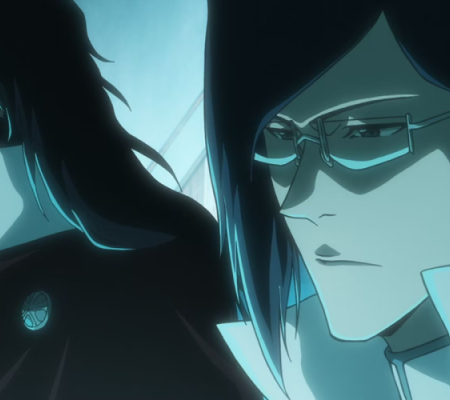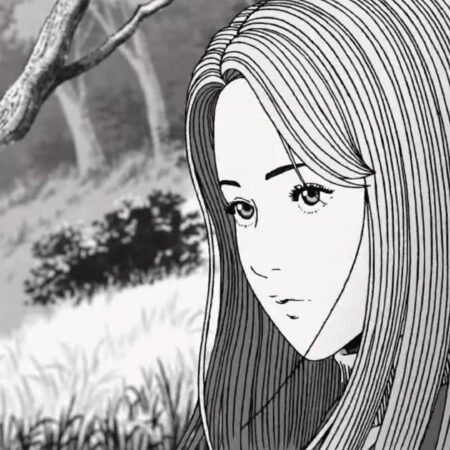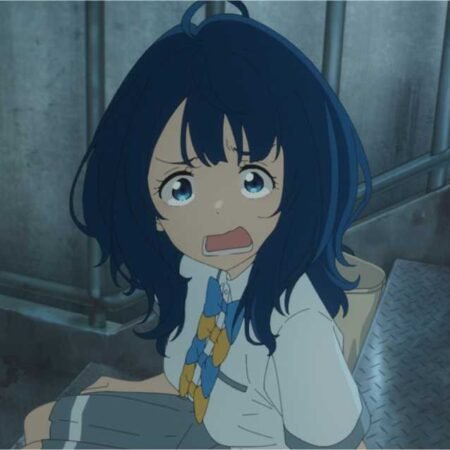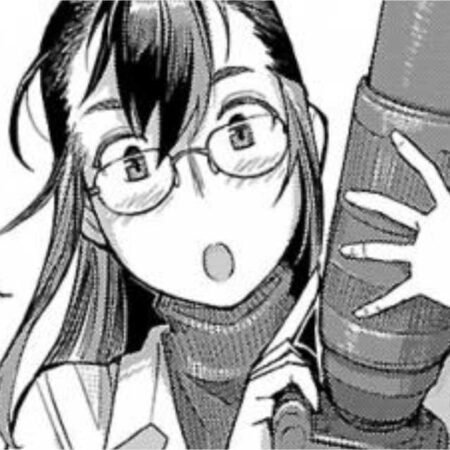Naruto Uzumaki, Masashi Kishimoto’s protagonist, faced an arduous and dangerous path on his journey to become Hokage. Over the course of “Naruto,” he evolved, becoming the most formidable shinobi of his generation and, possibly, in all of shinobi history. This evolution was marked by a series of power increases and transformations, a common element in many series of the Battle Shonen genre, reflecting the different stages of the character’s development.
Each of Naruto’s transformations came at a crucial moment, signifying an important advance in the plot. From his first tumultuous Jinchuriki transformations to achieving near-divine power with Six Paths Sage Mode and Baryon Mode in “Boruto,” Naruto has presented a diverse and abundant array of forms. Each of these transformations brought its own limits and advantages, and the evaluation of these forms can be done considering criteria such as power, design, versatility and relevance in history.
The Chaotic Potential of Jinchuriki Forms
Naruto, bearer of Kurama’s Yang, had access to the Nine-Tails chakra, which led him to several transformations enveloped in the aura of the Tailed Beast. As the seal containing Kurama’s chakra weakened, Naruto periodically found himself under the control of this power, especially when consumed by rage.
These transformations fall into two main categories: Version 1, where Naruto maintained more control, and Version 2, in which the body was completely dominated by Kurama. Both versions gave Naruto a mantle of Kurama’s chakra, accompanied by a significant increase in strength, speed and resistance. The form evolved, acquiring more similarities to Kurama as more tails appeared.
These transformations allowed Naruto to heal instantly, but this resulted in a shortening of his life expectancy due to constant cell regeneration. Despite the benefits, the lack of control and accumulated damage made these forms less ideal. However, the Version 2 cover and Version 1 form, especially in the battle against Sasuke at the end of Part I, are undeniably iconic.
The Sage Mode: Versatility and Iconicity

This mode is a milestone in Naruto’s trajectory, marking his recovery after the death of his mentor, Jiraiya. Sage Mode was crucial in the victory over Pain, and its benefits were amplified by combining it with other transformations. It provided strength, durability, endurance, increased chakra reserves, and exceptional sensory abilities. In this form, Naruto performed never-before-seen feats of taijutsu and ninjutsu, including the devastating Wind Release technique: Rasenshuriken.
Furthermore, Sage Mode allowed Naruto to recover his chakra through the absorption of natural energy. Initially, the transformation had a limited duration, and Naruto needed to remain immobile or use Shadow Clones to accumulate natural energy. Despite these limitations, the versatility and benefits of Sage Mode are indisputable, with the only caveat being its relatively lower power compared to newer forms.
Introduction to the Nine-Tails Chakra Mode
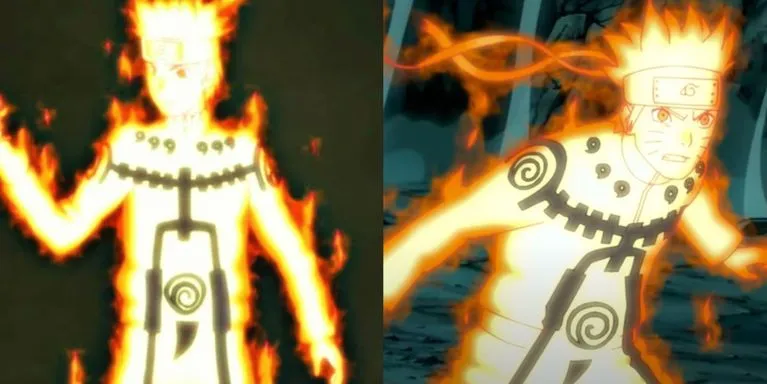
The Nine-Tails Chakra Mode, introduced during the Fourth Shinobi World War, represented a significant advancement in Naruto’s journey. This form emerged after Sage Mode and marked a period in which Naruto still did not have a harmonious relationship with Kurama, the Nine-Tails. He accessed the Tailed Beast’s chakra forcefully, a dynamic that reflected his still incomplete evolution. The appearance of this transformation highlighted Naruto’s increase in power, but this development was short-lived, indicating a future development.
The Nine-Tails’ Chakra Mode offered a considerable jump in Naruto’s power. He became faster than the Fourth Raikage and acquired the ability to feel negative emotions. The chakra aura that surrounded him was not only aesthetic, but also strengthened his body. Naruto was able to perform ninjutsu on a much larger scale by utilizing additional chakra arms. However, this form had limitations, such as the inability to fully transform into Kurama, produce genuine Tailed Beast Balls, and a time limit. Furthermore, the design in this form was considered less interesting when compared to subsequent transformations.
The Evolution to Kurama Mode
Full Sync with Kurama
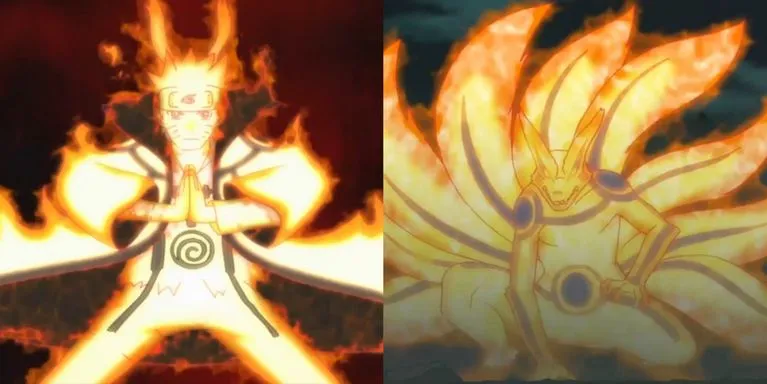
Kurama Mode is the evolution of the Nine-Tails Chakra Mode. Here, Naruto and Kurama achieve complete synchronization, after Naruto learns the Tailed Beast’s true name. This form is an improved and mastered version of the previous one, marking a high point in the relationship between Naruto and Kurama.
Naruto, in Kurama Mode, experienced a substantial increase in strength, speed, durability, and chakra. He could infuse his techniques with senjutsu chakra collected by Kurama or use this chakra to replenish his own reserves. The ability to create Tailed Beast Balls and materialize a chakra avatar similar to Kurama were significant additions.
In terms of design, Kurama Mode went a step further, offering a more appealing aesthetic and the ability to maintain the transformation for longer periods of time. This mode allowed Naruto to transfer large amounts of chakra to his allies, increasing their attacks and resistance. Kurama Mode, overcoming the shortcomings of the Nine-Tails’ Chakra Mode and with a more attractive design, can be considered a significant update and a milestone in the character’s history.
The Sage Way of the Six Paths: A Divine State
Kurama Mode Radical Advancement
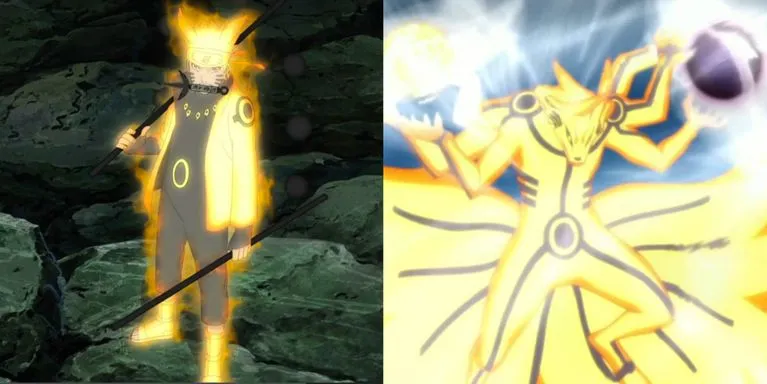
The Six Paths Sage Mode represents a qualitative leap in Naruto’s evolution. This divine form, bestowed by Hagoromo Otsutsuki, equipped Naruto with the Yang Power of the Six Paths. In this state, he confronted Madara Uchiha, then jinchuriki of the Ten-Tails, demonstrating notable superiority. Naruto’s abilities, such as speed, strength, and durability, have reached unprecedented levels, and he has acquired the ability to manipulate the Truth-Seeking Balls.
Activating the Nine-Tails Chakra Mode along with this form, Naruto was enveloped in a fiery aura, gained the ability to fly, and manifested the Truth-Seeking Balls. He has also developed the ability to detect invisible clones from the Limbo world and manipulate chakra in fundamental ways, as demonstrated by restoring Kakashi’s eye and saving Might Guy from imminent death. This form stands out as the strongest and most versatile of all, often being Naruto’s choice against formidable opponents.
The Baryon Mode: High Power and Risk
Will of Fire and Nuclear Fusion

Baryon Mode, a fusion of Naruto and Kurama’s chakras reminiscent of nuclear fusion, is a representation of the Will of Fire. This form granted Naruto a bright red chakra cape, highlighting the influence of Nine-Tailed Kurama.
Baryon Mode expanded Naruto’s abilities beyond Six Paths Sage Mode, allowing him to deflect and counterattack Isshiki Otsutsuki’s blows with ease. The shape also reduced the life expectancy of anyone who came into contact with it. However, the biggest caveat of this form was the need for precise and controlled movements, as unnecessary actions could lead to instability. Prolonged use of this state posed a significant risk to Kurama’s life.
Each form of Naruto had its pros and cons, reflecting different stages of his journey as a shinobi. Sage Mode stands out as one of the most memorable, marking a significant maturation point for Naruto. Baryon Mode, on the other hand, although the most powerful form, had a short duration and devastating consequences. In this way, Six Paths Sage Mode emerges as Naruto’s most balanced transformation, due to its godlike capabilities, adaptability, and memorable design.

